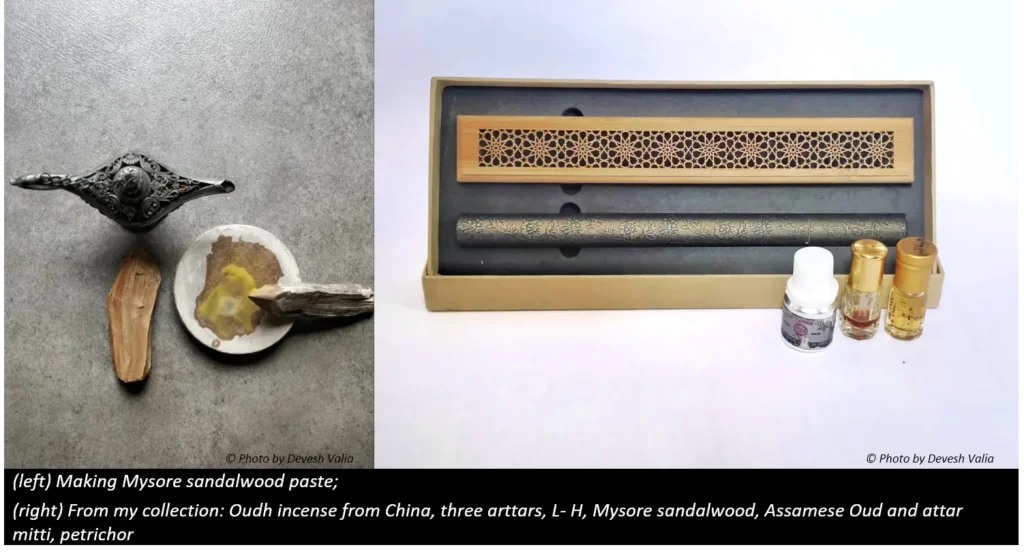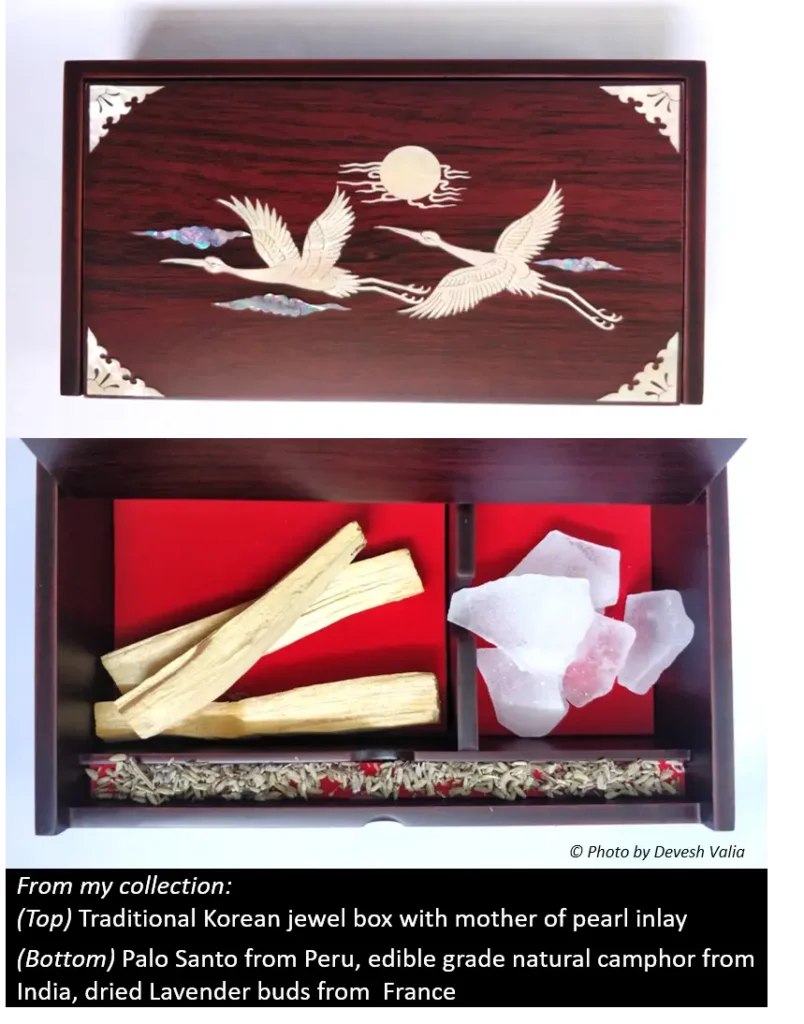How to make a perfume?
What started off as idle observation ended up becoming a beautiful avenue of creative expression and self-discovery. Join me to discover how are perfumes made and more.
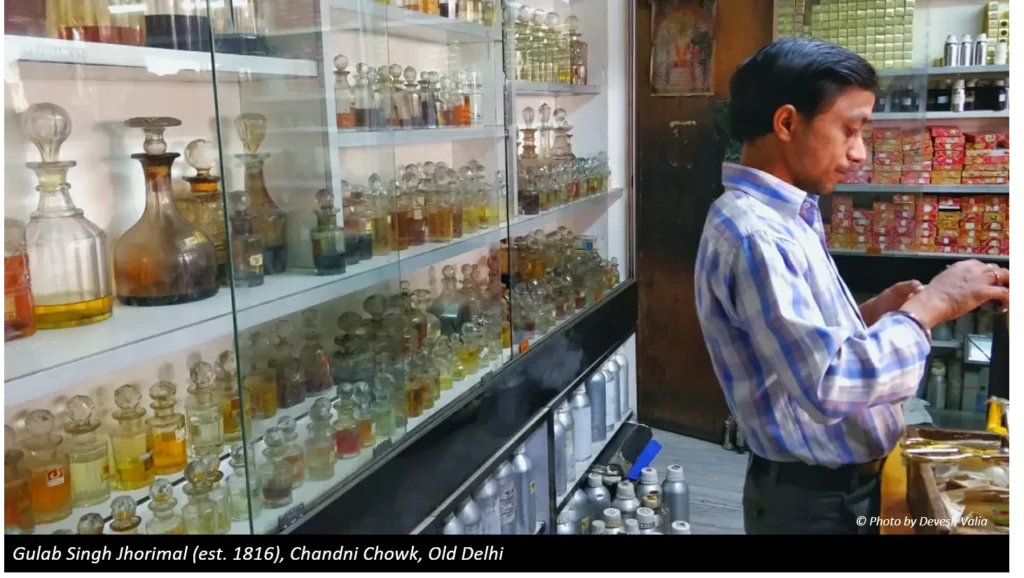
Act one
It’s unnerving how certain smells reach deep within you and unearth something raw; something that even you didn’t know existed.
Do you remember that smell of water from an earthen matka on a hot summer’s day? Or the smell of Kala khatta? Threptin? Or a hot makai in monsoon? Or the smell of change that the conductor used to give when life used to be slower?
My favourites are sweet raat ki raani on a cold night, the smell of shells on a beach and petrichor, the smell after season’s first rain. I have a bottle of all three.
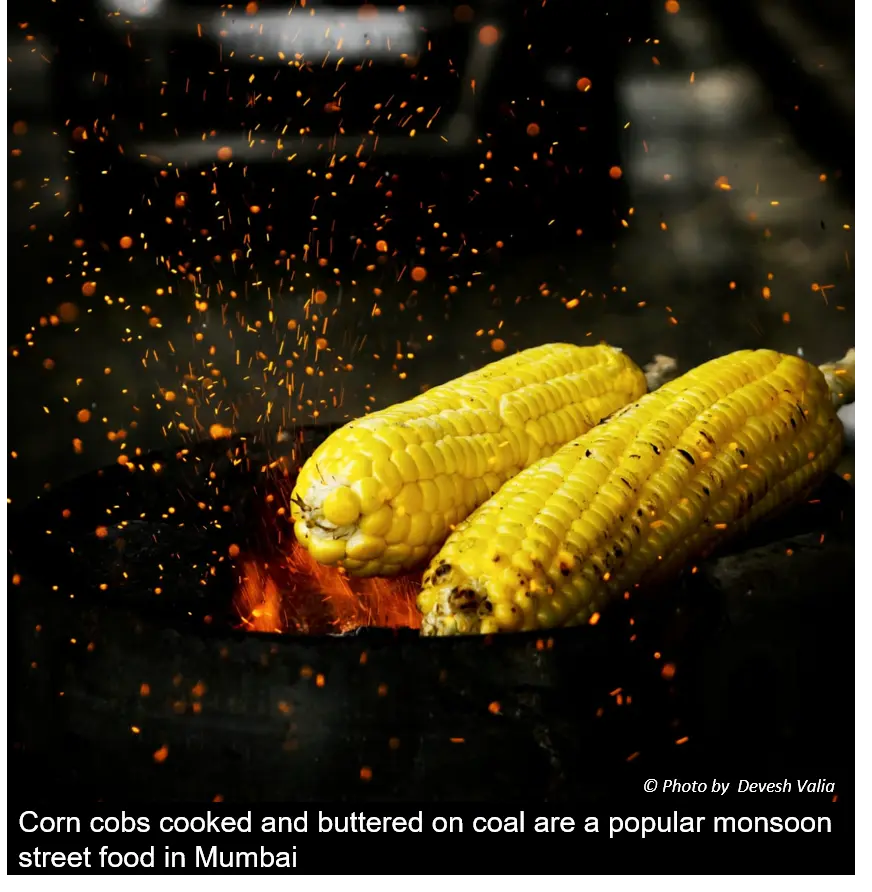
Smells are primal. Non-negotiable. You can’t avoid the reactions they cause. You can’t record them on any digital media. They have been known to both cause PTSD as well as soothe those in anxiety. They are a part of the very fabric of our memories.
Most people I’ve met say that they have very ‘poor noses’. I don’t think that is the case. I’d say most people simply fail to observe the smellscape around them, and for the most part, this is involuntarily.
Think about it. During a vacation, you would be sure to try the local cuisine, the local music and see the local sights and colours. But how many times do you explicitly stop to breathe in the smellscape around you?
A large part of this is because man’s reliance on smell has gradually shifted from ‘foreground’ to ‘background’. Ever since we evolved to walk upright– and therefore away from the smell-rich ground– we, as a species, have reduced our reliance on our noses. Sight and sound have proven far more useful in satisfying our needs. This, coupled with the fact that it is very difficult to record and recreate smells, has led it to the side-lines of the cultural and evolutionary tussle of the senses.
However, once you start noticing smells around you, I assure you, you will start seeing the world differently and, I daresay, in fuller glory. To smell is to paint a memory with emotions.
Embracing the madness in the discipline
Observation, and not a ‘good nose’, I believe, is the key to being a good perfumer, or indeed, any artist for that matter. Master of the medium certainly matters but true art lies in noticing patterns.
Take a lemon for example. Have you ever given it more than a minute’s attention? Try spending an hour exploring one next time. Explore it in every sense possible. Feel its texture with your fingers and on your tongue. Smell its skin. Notice the sound it make makes when torn. Feel the coarse texture underneath and the juice on the fingers. Notice how the seeds glisten with changing light. Take up your notepad and write your experiences. Let the words flow. Record how long does the smell last and how it matures over time. Keep writing whatever comes to your mind– from pop culture references to childish observations.
Being both mindful and heartful about your surroundings is a prerequisite of creating something new.
Once you start knowing ingredients intimately, you can start smelling them in conjunction with other ingredients. You can, for example, record your experience of lemon with flour. Or almonds. Anything really. Okay maybe don’t try almonds.
The goal is to build a large web of smell associations; both of smells themselves as well as things they make you feel or remind you of. This mental scent-library of connections and adjectives will help going forward.
Finding discipline in the madness
A perfume is made of various accords. An accord is a collection of ingredients/notes that complement each other. An accord or a note by itself may not smell particularly appealing. But together they make symphony.
Your smell library will help you hone the intuition that you need to both blend an appealing combination of these ingredients as well as make sense of an annoyingly abstract creative brief (‘can you make me something fresh, green and airy that reminds me of Paris in spring?’). The mental library makes the process less stochastic.
If ingredients are words and accords coherent sentences, the attractiveness of the poetry is a function of how intimately do you know your words. Formally trained perfumers spend years simply smelling various ingredients and blends.
Ingredients could be manmade or natural. Some ingredients evaporate quickly, and some linger for hours and even days. Depending on how long they last, ingredients are classified as top notes, middle notes and base notes. A well balanced perfume matures well over time.
What you chose to mix often matters more than how much of it you chose to mix. Either way, is essential to keep a meticulous track of the dilution percentages and ingredient ratios along the way.
You can try the following simple Fougere formula for a fresh aftershave:
- Lavender EO 40%
- Bergamot EO 30%
- Vetiver (Khus) EO 25%
- Oakmoss Abs 3% [optional]
- Iso Butyl Quinoline 2% [optional]

What’s the rub?
All said and done, perfumery is a devious pursuit. Consider the following:
- While there are lower and upper limits to the spectrum of light and sound that we can see or hear, we really don’t know how many smells we can smell (it is a myth that our nose can only smell 10,000 smells). No one has been able to find the limits to our noses in terms of number of smells. Therefore, making a perfume is like painting with an infinite colours to choose from. Rather expensive colours at that.
- Unlike, say, colours where blue + yellow will give green in subtractive colour theory, there is no rule or law to govern how will a mixture smell like when a new ingredient is added to it. Moreover, both the ingredient and the mixture can, independently and collectively, smell different over time and at different concentrations. Basically, unlike colour theories, there are no hard and fast theories to guide you through. No shortcuts.
- Lack of lingual support is another issue. Anyone who has tried to describe the smell of old books would know what I am talking about. Words simply fall short to describe it. And there is a reason for that: in almost all languages, there are more words to describe sight and sound than to describe smells. Most colours have words assigned to them that can be used to recollect them. Sounds have creative onomatopoeias too (woof? pitter-patter?). And whatever words that do exist, are often proxies: they use the source to describe the smell not the smell itself. That’s cheating. Smells like an apple? But what does an apple really smell like? If dogs, could speak, I’m sure we’d get a creative answer.
- Finally, there are nearly infinite chemical variations to an ingredient which makes it difficult to make two batches of the same perfume smell the same. Lemon from country X will smell different from a lemon from country Y. Even two different harvests from the same year may smell different depending on climatic conditions. In fact, no two lemons from the same tree may give the exact same GCMS reading (Gas chromatography and Mass Spectrometry is commonly used to identify ingredients of something). Synthetic/isolated ingredients can sometimes help mitigate this variable as they are consistent in their smell.
All this, combined with the fact that knowledge on perfumery quite hard to come by, makes it a pursuit with multiple entry barriers. Pictures and music can be transmitted digitally, a perfume cannot. When was the last time you saw a perfumery course on Coursera? Or a pendrive full of smells?

Where do the ingredients come from?
All sorts of weird places.
Ambergris (sperm whale vomit) smells like the sea, only a bit animalic. Famously used in aquatic perfumes like Creed’s Green Irish Tweed (smells like Davidoff Coolwater). It has been known to float across the high seas for well over 30 years. In 2006, a couple walking on the beach in Australia found a chunk of Ambergris which fetched them ~2 crore INR (250,000 USD). Keep this in mind next time you’re hunting for shells on the beach.
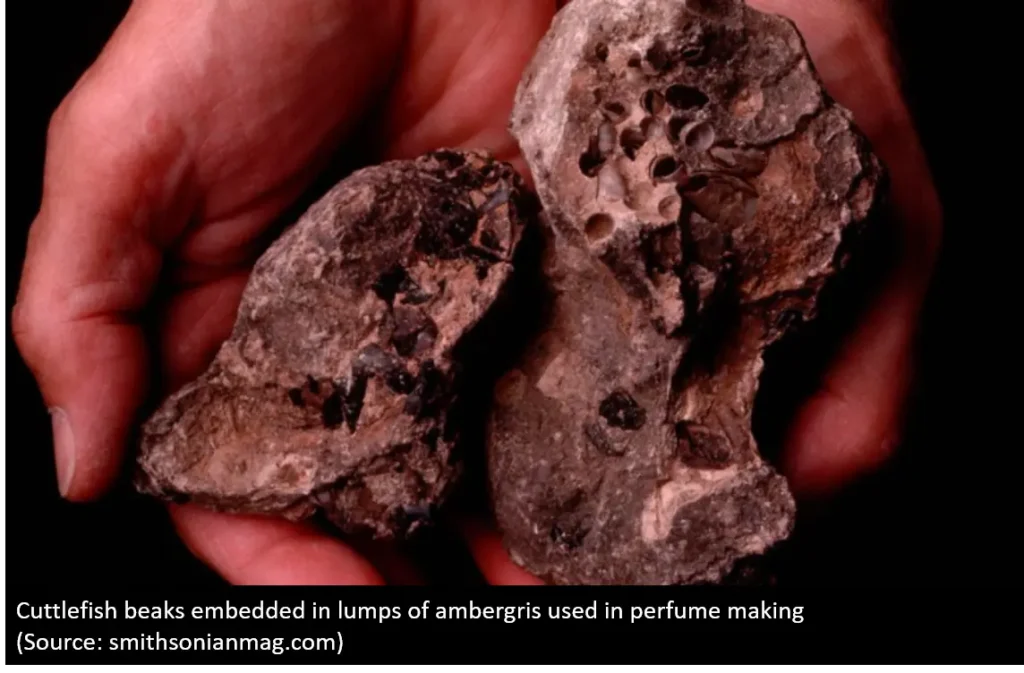
Civet (comes from scent glands of Civet cat) smells positively foul in concentration but radiantly velvety and powdery when diluted. It was famously used in its natural form in original Chanel No 5 and many others. In perfumery notes that smell unappealing by themselves often completely redefine a perfume when used skilfully.
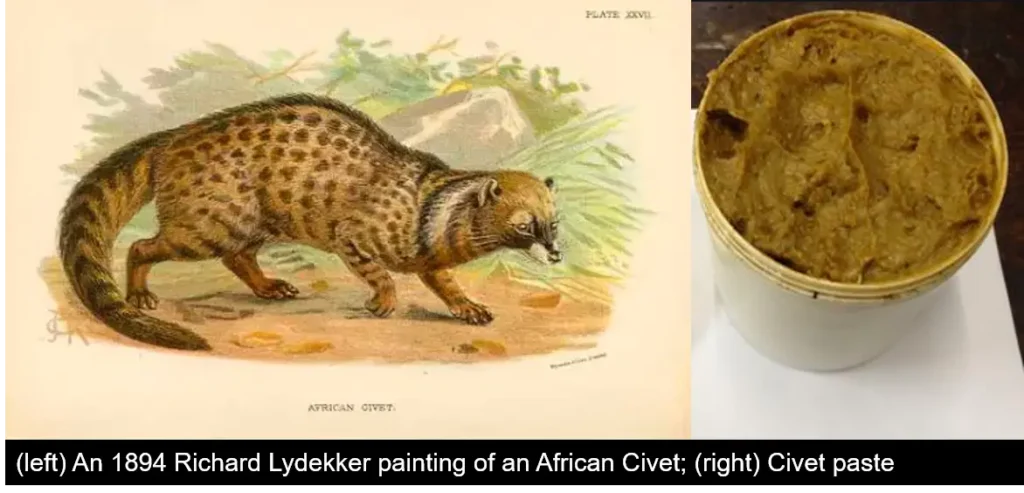
Oud (a resin released by a certain trees to fight infection or trauma) smells rich, creamy, woody, leathery and spicy all at once. It is used widely in oriental perfumery/attars and may sell for well above the price of gold in weight. It has a very soothing smell when burnt on coal.

There are many synthetic aroma chemicals as well. Not all smells can be naturally extracted. (Isobutyl Quinoline smells like a leather purse right out of a Moroccan tannery with some grassy undertones & Cis-3-hexenol smells like freshly mown grass.
An all-natural perfume does not necessarily mean it is superior. And not all synthetic perfumes are inferior. Composition is what matters. Many natural ingredients such as oakmoss are known to cause allergies and therefore are IFRA (a regulator) non-compliant until denatured as prescribed. Naturals are often scarce, environmentally damaging to extract, less long lasting and difficult to standardise.
Fin
If you want to learn more about the perfumery, you can:
- Read: What the Nose Knows (Avery Gilbert), The Secret of Scent (Lucas Turin)
- Visit: Perfume museums in Dubai (Al Shindagha), France (Grasse, Versailles, Paris, Barcelona)
- Enroll in: Institutions like ISIPCA, GIP, GPS or https://www.meleg.org/pages/study-perfumery-online
About my perfume journey
My grandfather, being blind, had an exceptional awareness of smell. And with awareness came taste. He owned a carefully curated collection of attars. As a child, I have spent many afternoons after school smelling through his collection with my brother, making mental notes. Over the years, I have built my own collection of 1000+ perfumes, exotic attars, books and scent ingredients across the ~30 countries I’ve travelled to. I consider myself still an amateur for the world of perfumery is vast. But it rewards those willing to learn. I invite you to craft your own scent journey. Who knows where it will take you?


